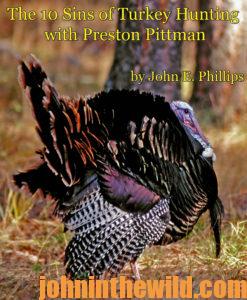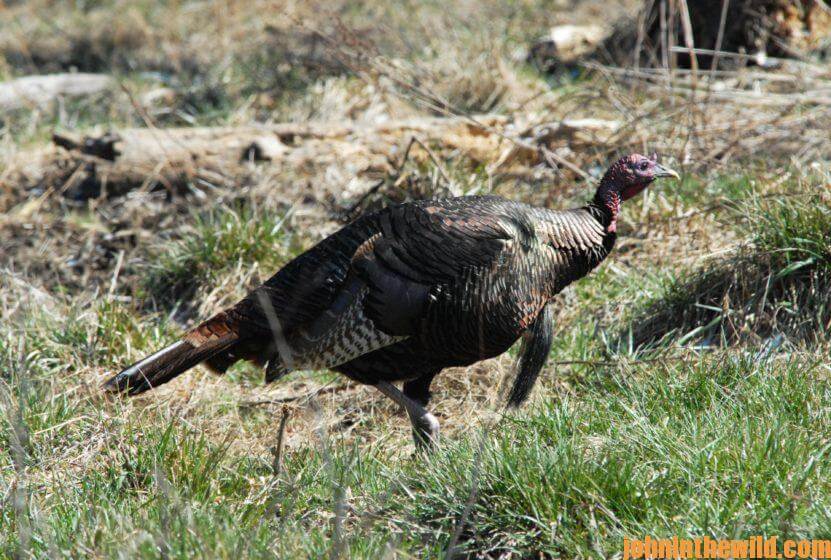Editor’s Note: When you’re looking at versatility in bowhunting, game calling and wildlife videography, Harrison, Arkansas, resident Phillip Vanderpool has done it all. With over 40+ years of hunting experience, Vanderpool is the complete hunting/videography package. After hunting turkeys since childhood with a shotgun, Phillip decided to try the ultimate challenge – bowhunting the wild turkey – and has taken about three dozen turkeys with his bow and has captured some of his turkey bowhunts on videotape. Vanderpool also is in high demand as a seminar speaker.
Rastus was one of the most-difficult gobblers I ever hunted. I hunted this turkey that I found late in the season, every day for almost a week. Every morning, Rastus almost would gobble his head off from the roost. When he hit the ground, Rastus would gobble walking away, generally in a circle, until I could no longer hear him.
 On the last morning I hunted him, I determined that when he got out of hearing, the ole bird was making almost a complete circle. He would leave his roost tree, walk down in a creek bottom, follow that creek edge, come up the sides of the fields and check the fields for hens. So, once he flew out of his tree and became silent, he made a big circle, almost returning to his roost tree. The circle he made was so large that sometimes I could no longer hear him – not because he was silent but instead was out of hearing.
On the last morning I hunted him, I determined that when he got out of hearing, the ole bird was making almost a complete circle. He would leave his roost tree, walk down in a creek bottom, follow that creek edge, come up the sides of the fields and check the fields for hens. So, once he flew out of his tree and became silent, he made a big circle, almost returning to his roost tree. The circle he made was so large that sometimes I could no longer hear him – not because he was silent but instead was out of hearing.
To outsmart Rastus, I went down to one of those field’s edges and waited on the turkey to make his circle. I could hear him coming and gobbling that morning on the last day of turkey season. When I spotted the gobbler, I waited until his back was to me before I made one hen yelp. The turkey turned and came straight to me because I was in a place where he was expecting to find a hen. Taking Rastus was one of my most-memorable hunts.
From this hunt, I’ve learned that turkeys:
* have patterns and know where they’re going every day. But the truth is that most hunters, like me, are too impatient to figure out what that turkey’s pattern is. Birds like Rastus know where hens are nesting, and where they come out to feed throughout the day. A gobbler like this covers a lot of territory to find and breed as many hens as he can during his daily stroll.
* don’t require much calling, if they’re turkeys like Rastus that have regular routes. If you set-up where the gobbler expects to find a hen, and you sound like a hen, the turkey will come looking for you.
To learn more about turkey hunting, check out John E. Phillips’s book “The 10 Sins of Turkey Hunting with Preston Pittman” at http://amzn.to/14BdFMY, available in Kindle version.
Tomorrow: How Some Turkeys Can Kill Your Season










